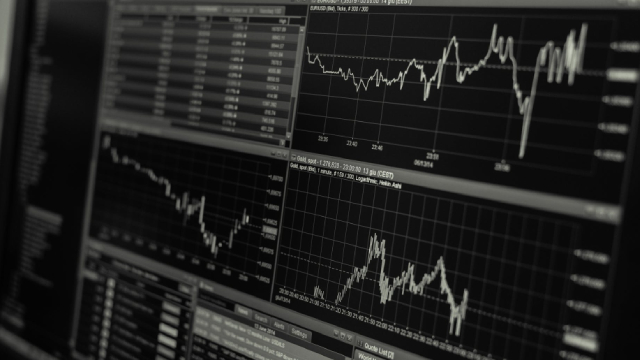
iShares S&P Mid-Cap 400 Growth ETF (IJK)
Summary
IJK Chart

Should iShares S&P Mid-Cap 400 Growth ETF (IJK) Be on Your Investing Radar?
Launched on July 24, 2000, the iShares S&P Mid-Cap 400 Growth ETF (IJK) is a passively managed exchange traded fund designed to provide a broad exposure to the Mid Cap Growth segment of the US equity market.

Should iShares S&P Mid-Cap 400 Growth ETF (IJK) Be on Your Investing Radar?
The iShares S&P Mid-Cap 400 Growth ETF (IJK) was launched on 07/24/2000, and is a passively managed exchange traded fund designed to offer broad exposure to the Mid Cap Growth segment of the US equity market.

Should iShares S&P Mid-Cap 400 Growth ETF (IJK) Be on Your Investing Radar?
If you're interested in broad exposure to the Mid Cap Growth segment of the US equity market, look no further than the iShares S&P Mid-Cap 400 Growth ETF (IJK), a passively managed exchange traded fund launched on 07/24/2000.
iShares S&P Mid-Cap 400 Growth ETF (IJK) FAQ
What is the stock price today?
On which exchange is it traded?
What is its stock symbol?
Does it pay dividends? What is the current yield?
What is its market cap?
Has iShares S&P Mid-Cap 400 Growth ETF ever had a stock split?
iShares S&P Mid-Cap 400 Growth ETF Profile
| ARCA Exchange | US Country |
Overview
The company described operates as an investment fund, focusing on aligning its asset allocation closely with the composition of a specific index. This approach indicates that the company functions as an index fund, aiming to mirror the performance of the selected index through strategic investments. By committing at least 80% of its assets to securities that are part of or have economic characteristics similar to those in the index, the fund seeks to achieve a high level of correlation with the index's performance. Additionally, the fund has the flexibility to invest up to 20% of its assets in derivatives (such as futures, options, and swap contracts), as well as in cash and cash equivalents, providing the ability to hedge, manage risk, or seek additional returns beyond the index's performance.
Products and Services
- Index Fund Investments
- Derivative Instruments
- Cash and Cash Equivalents
This product focuses on investing at least 80% of the fund's assets in the securities that comprise the fund's target index or in investments with similar economic characteristics. The goal is to replicate the performance of the index as closely as possible, offering investors a diversified portfolio that mirrors a specific market or sector. This strategy is suitable for investors seeking exposure to certain market segments with the convenience of trading a single fund.
Up to 20% of the fund's assets may be allocated to futures, options, and swap contracts. This allows the fund to engage in strategies aimed at hedging against potential losses, managing risk more effectively, or even pursuing additional gains independent of the index's performance. It provides a layer of flexibility and tactical maneuverability that can enhance the fund's ability to meet its investment objectives.
The inclusion of cash and cash equivalents in the fund's portfolio serves multiple purposes. It allows the fund to manage liquidity effectively, ensuring that it can meet redemption requests from investors without having to sell assets at unfavorable prices. Additionally, holding cash or similar assets can provide a buffer against market volatility, reducing the overall risk of the portfolio. This strategy is particularly important in times of market uncertainty or when the fund's management anticipates short-term opportunities or needs to cover derivative positions.







